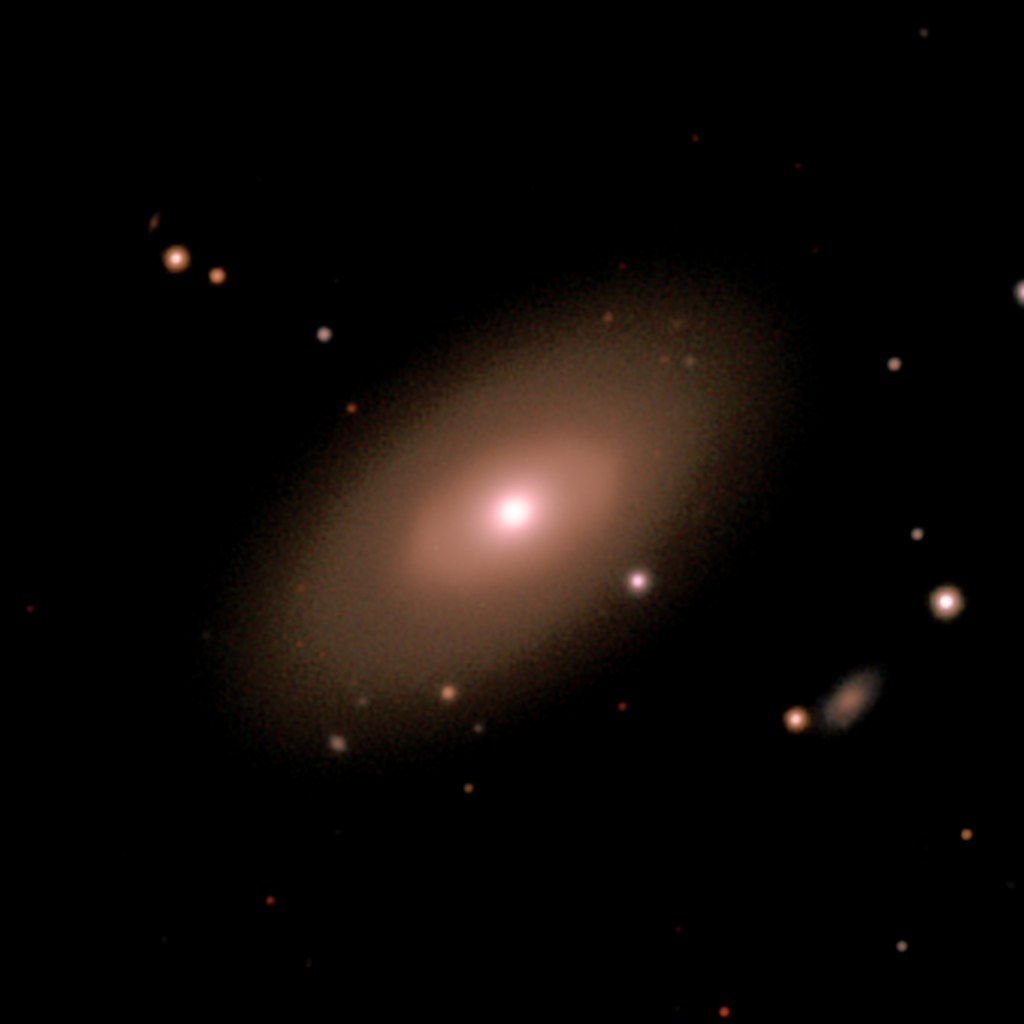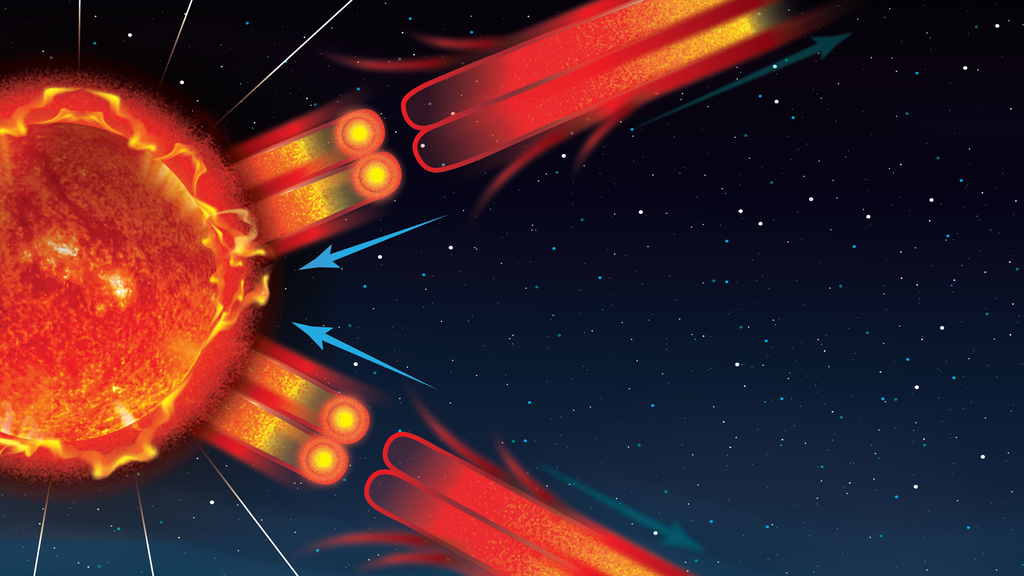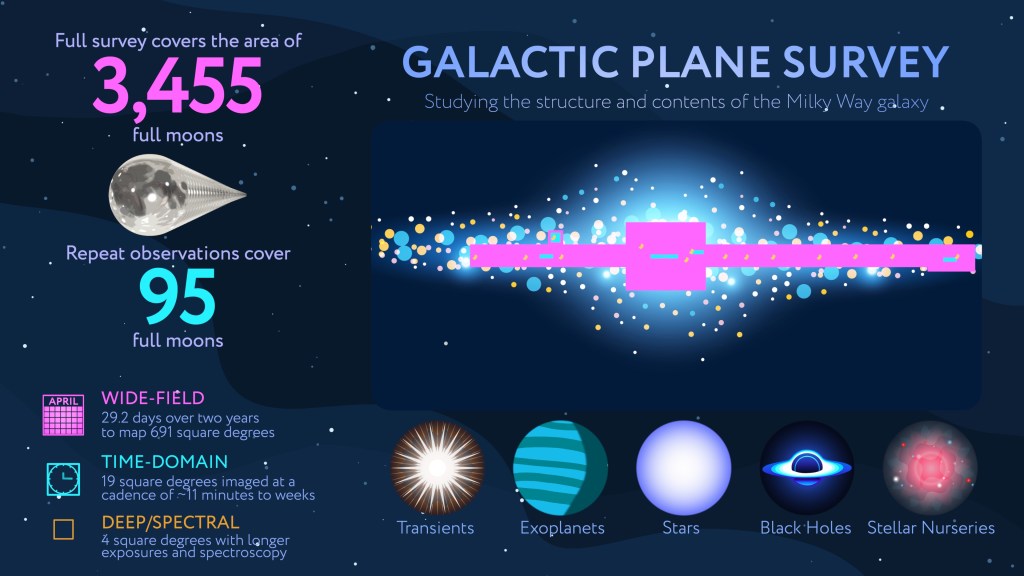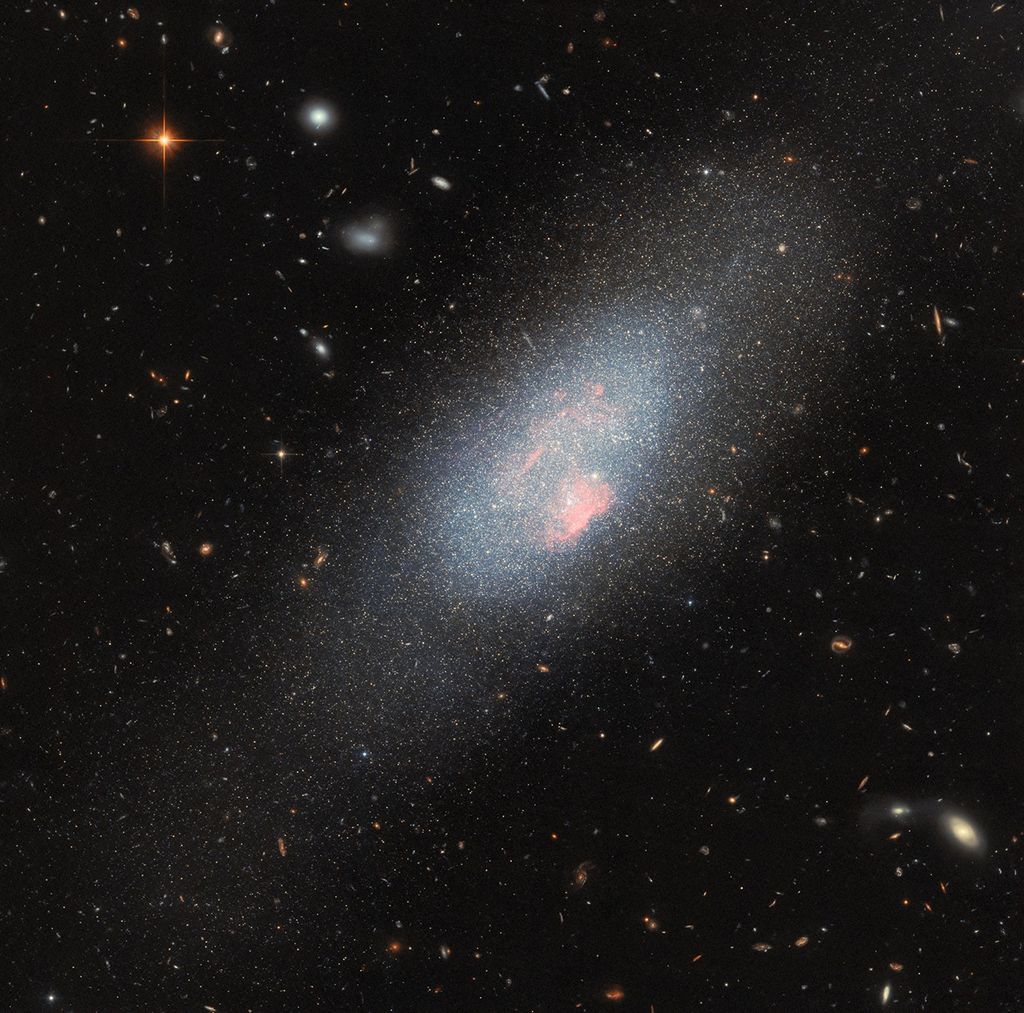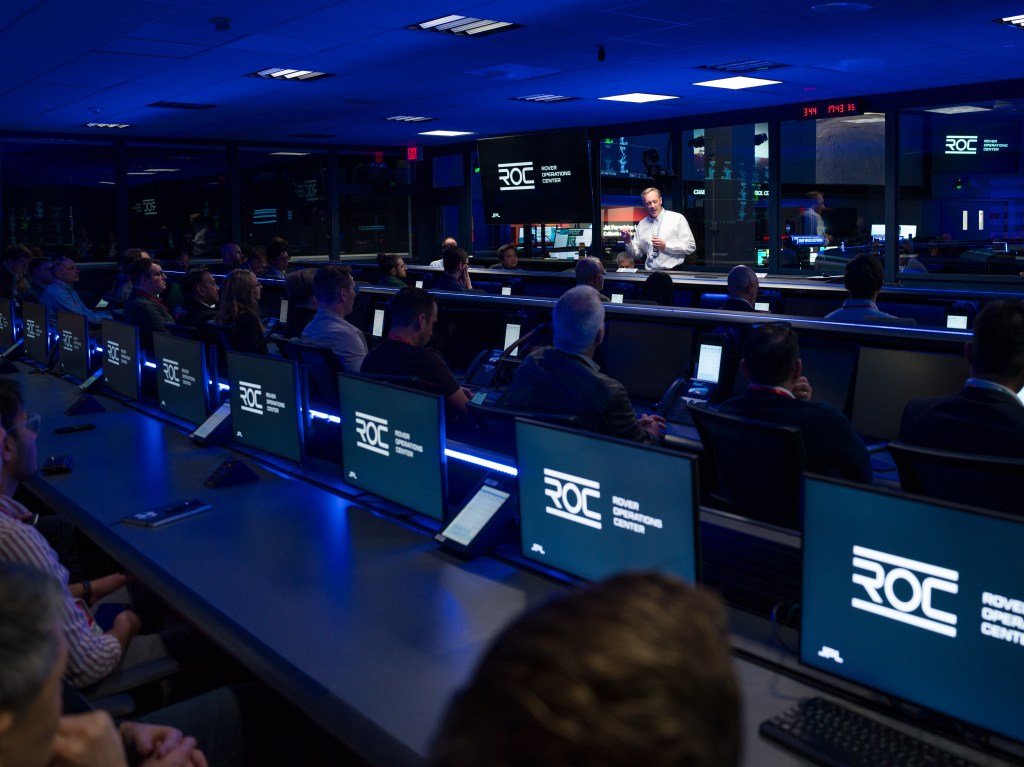NASA’s Mars-bound ESCAPADE Mission Captures First ‘Selfies’
About a week after its launch, NASA’s ESCAPADE (Escape and Plasma Acceleration and Dynamics Explorers) mission has already captured its first images: a pair of self-portraits showing part of the spacecraft as the twin explorers speed away from Earth.
On Nov. 21, one of the two ESCAPADE spacecraft used its Visible and Infrared Observation System (VISIONS) cameras, provided by Northern Arizona University in Flagstaff, to capture these images, showing part of a solar panel on the spacecraft.
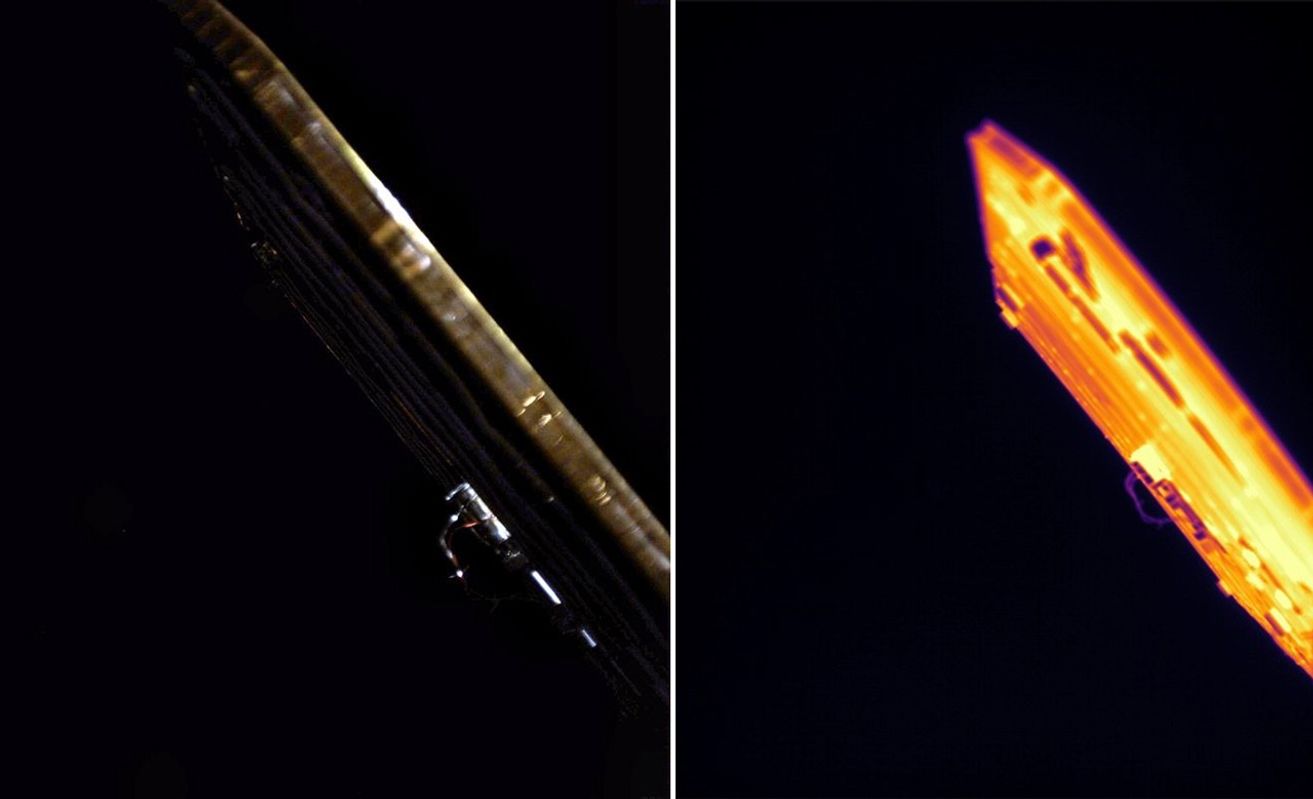
The images prove the cameras are working well. The visible-light image also suggests that the spacecraft should have the sensitivity to image Martian aurora from orbit. The infrared camera will be used at Mars to better understand how materials on the surface heat up and cool down during Mars’ day-night cycle and over the planet’s seasons.
The second ESCAPADE spacecraft also successfully took its first photos, but it was targeted toward deep space, so the images were simply black.
The twin ESCAPADE spacecraft, built by Rocket Lab and ultimately bound for Mars, launched on Nov. 13 aboard a Blue Origin New Glenn rocket from Cape Canaveral Space Force Station in Florida. Once the ESCAPADE spacecraft reach Mars, they will study how a million-mile-per-hour stream of material flowing from the Sun, known as the solar wind, interacts with the Martian environment and how that drives atmospheric loss at the Red Planet.
Before they head for Mars, though, the two spacecraft are following a “loiter” or “Earth-proximity” orbit around a location in space about a million miles from Earth called Lagrange point 2. In November 2026, they will return to Earth to use our planet’s gravity to slingshot their way to Mars. They will arrive at the Red Planet in September 2027.
by Vanessa Thomas
NASA’s Goddard Space Flight Center, Greenbelt, Md.


